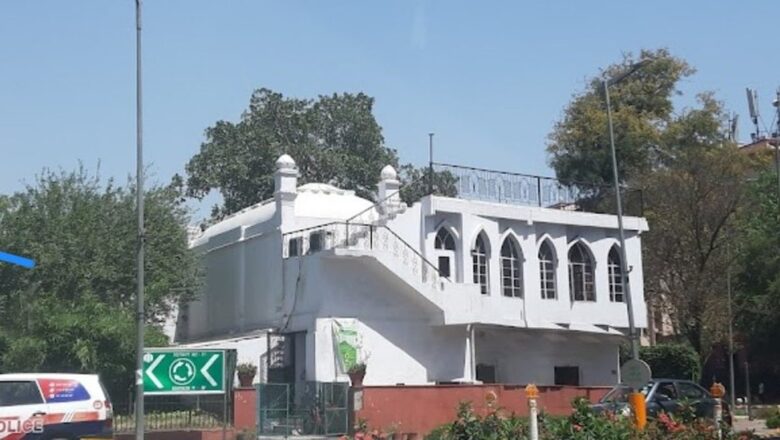
views
It is oft repeated by protestors that there is no proof of encroachment by “religious buildings” that may warrant their demolition by civic agencies. Yet many, if not most, residents of cities and towns in India would beg to disagree, based mostly on personal and anecdotal evidence. This divergence of perception is coming to the fore again with the uproar over the supposed plans to demolish the Sunehri Masjid, perched on a roundabout off Kartavya Path in New Delhi.
The latest outcry has been triggered by a notice from the New Delhi Municipal Corporation seeking “public response” by 1 January 2024 to the proposed “removal” of Sunehri Masjid after a Delhi Police reference regarding “traffic engineering” for “sustainable mobility” at the Sunehri Bagh roundabout. NDMC had apparently applied to the Heritage Conservation Committee for the mosque’s “removal” under a clause of the Unified Building Bye Laws 2016.
The police contend that the traffic on the roundabout is inconvenienced by the building atop it as it obscures the view, making management of vehicles difficult.
They do have a point. The British definitely never imagined that Delhi would one day have such a huge volume of vehicles using its roundabouts when they decided to even “accommodate” structures on them in their road plans. Nor would they have factored in the expansion of those buildings in the ensuing decades.
But it is also true that the previous removal of roundabouts (during the construction of the Delhi Metro) did not give the desired results, so they were restored. That experience flies in the face of the traffic police’s argument that the “removal” of the Grade III listed, Later Mughal era mosque and the British-era roundabout would improve the flow of traffic there. However, the current protest has also highlighted a pressing post-Independence problem: encroachment.
Incidentally, Grade III buildings are those “of importance for townscape; that evoke architectural, aesthetic or sociological interest… contribute to determine the character of the locality and can be representative of the lifestyle of a community or region.” This Sunehri Masjid’s precise antecedents are unclear and the original worshippers were evicted long ago, but as it has been frequented by notables in past 70 years, it can be said to have some recent historical relevance.
However, those who have visited the government offices in that area over the past 60 years would readily corroborate that the 18th-century mosque in question has expanded considerably from the bijou structure the British builders of New Delhi decided to spare from destruction in the early 20th century. Moreover, the ersatz additions by the mosque’s caretakers pay scant respect to the architectural merits that presumably prompted its exemption from demolition by the British.
That is the case with several other expanding mosques in the otherwise heavily regulated areas of central Delhi. For instance, the one that now occupies most of the only roundabout of Kasturba Gandhi Marg once used to take up less than half of it, the other remaining a grassy knoll for the general public. It is now more like a roundabout fortress, the mosque ‘authorities’ having summarily walled off extra area for themselves. No one knows whose permission was taken.
Another mosque near what is now the new CBI headquarters in the Lodi Road complex on the periphery of ‘Lutyens Delhi’ was a nondescript ruin till the mid-1980s. Then it began to expand into the adjacent vacant government land, first as a space for additional worshippers and then casually walling it in to facilitate suo motu upgrading. Only when the government decided to build on that patch of land was the mosque whittled back down to almost its original area.
Summary additions to old buildings as also the conversion of some of the original space as well as additional encroached areas into private accommodation by caretakers are another problem. Earlier this year, the Delhi High Court ruled that the conversion of public places of worship into residences and their occupation by persons who take care of those places is contrary to law in a case relating to the Zabtaganj Mosque about a water body on the Central Vista.
Besides established dargahs of Sufi notables from even pre-Mughal times, central Delhi also has innumerable streetside ‘Mazars’ that are basically whitewashed graves of uncertain vintage and mostly (though not all) of unknown people. One set of these, supposedly the resting place of one Sunehri Baba was removed from the footpath next to the Sunehri Masjid roundabout during the anti-encroachment drive before the G20 summit was held in New Delhi this September.
That is not to say that houses of worship of other faiths do not sprout or expand too. The Hanuman temple on Tughlaq Road is much bigger now than when the British laid out that boulevard. And the temple facing Khanna Market in the Lodi Colony area has definitely expanded to its current length only over the past 40 years. But most impromptu “shrines” under banyan or peepul trees are routinely dealt with before they encroach on private or public spaces in Delhi.
However, the current concern over the possible fate of the Sunehri and Zabtaganj mosques off the Central Vista, and perhaps others such as the one on Janpath near the collonaded Western Court, the Auliya mosque in Connaught Circus and the New Delhi Jama Masjid (which unlike its similarly named grand counterpart in Old Delhi is small and mediocre) highlights another fact: the relative absence of significant temples of the same vintage anywhere in central Delhi.
Evidently, despite the presence of Hindus, there were hardly any notable temples there, to begin with—besides the Hanuman Mandir in Connaught Place with its Mughal era crescent moon finial—that the British were inclined or constrained to include in their planned grid for New Delhi. Thankfully, two historic 18th-century Sikh gurudwaras— Rakabganj Sahib next to where North Block was coming up and Bangla Sahib near the planned Connaught Place—were retained.
A rundown of the list of 127 primarily agrarian villages that were uprooted from the vicinity of the proposed New Delhi corroborates that there were large numbers of Hindu Jats and Gujjars among the residents, although many people from those communities also converted to Islam. Existing ‘urban villages’ in the capital and the diminished remnants of some of those removed by the British over a century ago still have Hindu Jats and Gujjars as primary residents even today.
Yet the British survey maps of 1912 record mostly Islamic monuments: mosques, tombs and graves. That begs the question of whether the Hindus did not build any temples for hundreds of years or were compelled to keep them small and inconspicuous architecturally and otherwise, so as not to incur the ire of Islamic authorities. That could explain why few showed up in surveys and nor was there any pressure to retain even small ones unlike in the case of mosques.
One of the few instances of a temple being mentioned was during the construction of the New Delhi Railway Station in Paharganj. In 1922 a Shiv temple in the area was earmarked for demolition but it was disputed and took some eight years to settle. Eventually, most of the grounds were acquired as per North Western Railway records but the temple escaped destruction. As it does not even feature in Delhi’s list of main temples today it must be a very modest one.
The protests over the fate of central Delhi’s Sunehri Masjid (there are two more with the same name in Old Delhi) may lead to a solution to the phenomenon of expanding places of worship. Deciding that the mosque will not be “removed” totally but pared back to its original 18th-century dimensions so that the traffic view is not impeded could be the best solution as the precedent could then be used to rightsize similar encroachments in that area, of all denominations.
The author is a freelance writer. Views expressed in the above piece are personal and solely that of the author. They do not necessarily reflect News18’s views.











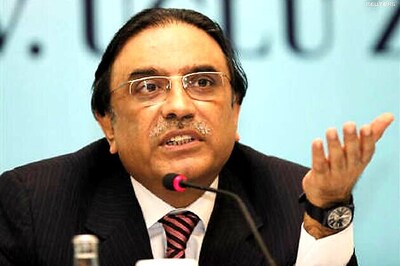

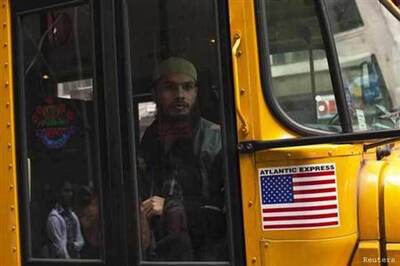
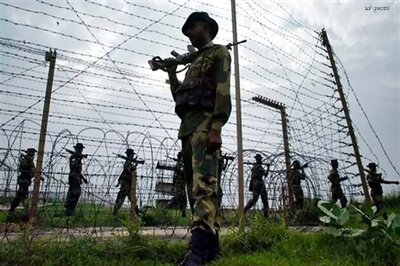
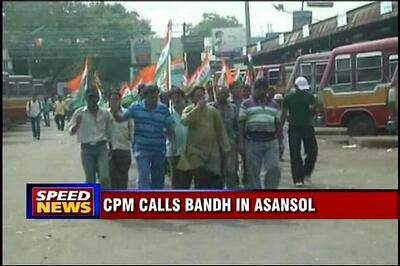
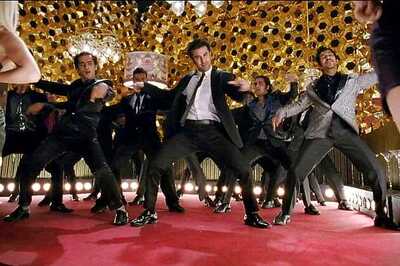


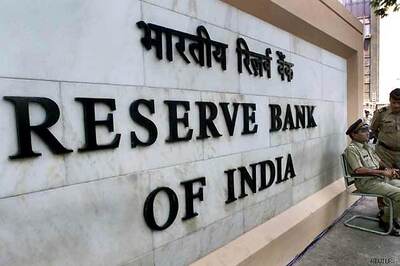
Comments
0 comment